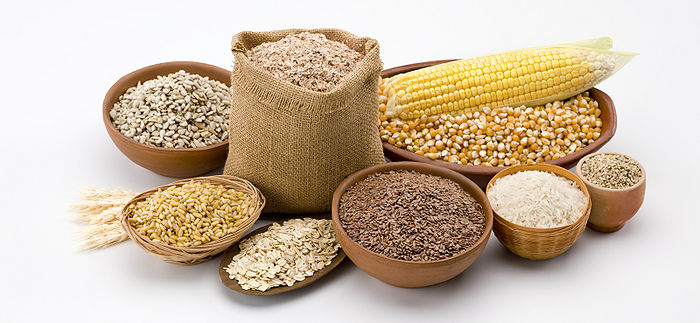220b-winter-2022/hw4b
Appearance
Homework #4(b): "Granular"
- milestone+ due 2022.2.23 Wedesday, in-class
In this assignment, you are to explore and make use of Granular synthesis: 1) experiment with time-varying control over its parameters and 2) create a musical statement (milestone+ only); it may be helpful to craft a live granular experimental testbed using physical input (keyboard, mouse, and/or joystick).
Tools at your disposal
- ChucK
- LiSa (Live Sampling); use multiple instances for layering / panning OR roll your own granularizer!
- check out the LiSa examples (miniAudicle => "File" => "Open Example..." => special/ => Lisa-XXX.ck)
- check out instrument redux and source sound from Twilight for laptop orchestra | (also the game-trak version: twilight-trak)
- recorded sounds (any, please give proper credit)
- Audacity/Ardour (for intermediate + final recording/assembly)
Specification
What to do:
- 1) spend some time exploring and collecting different sounds (online or recording them; check out freesound.org)
- give proper credit as appropriate / note the origin of the sounds in your README
- 2) process/transform/arrange/compose.
- check out the code examples from class here
- use ChucK / LiSa to process/transform/arrange the sounds
- plan and create time-varying, continuous control over at least 2 parameters in the synthesis process (grain length, grain tuning, grain position, volume, envelope, density, or other)
- 3) think about using granular synthesis to create foreground musical gestures, soundscapes, layers
- 3) as before the bulk of the arranging should be done in ChucK, with intermediate editing and late-stage assembly in Audacity
- figure out what you want to do, experiment, try a lot of stuff, have fun
Deliverables
As usual, add to your portfolio — and turn in all files to Canvas
- 1) all related source/sound files (.wav/.ck)
- 2) a short README text (readme.txt) file that:
- specifies instructions on running your programs
- describes your process/adventure, and perhaps the ideas (technical/aesthetic) behind the composition
- gives credit, if needed, for the sounds you are using
- describe any difficulties you encountered in the process
- 3) upload files to webpage / Canvas
Good luck and have fun!
